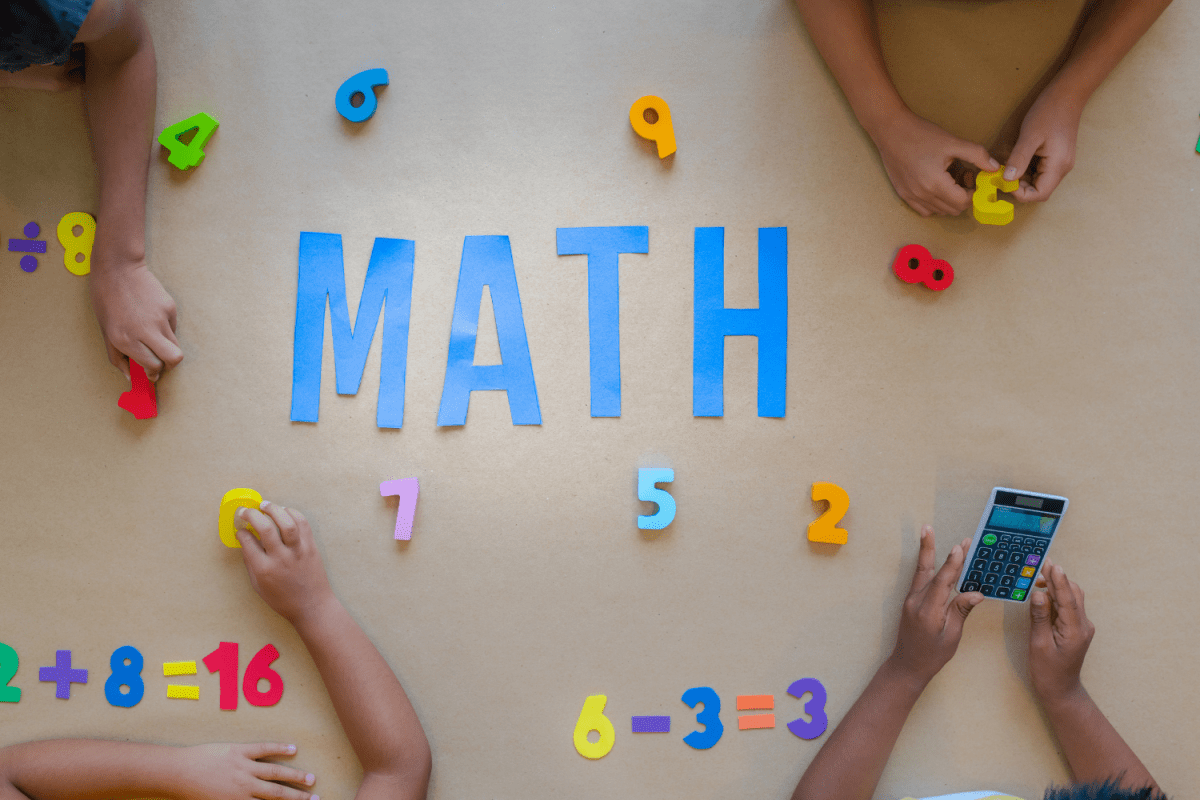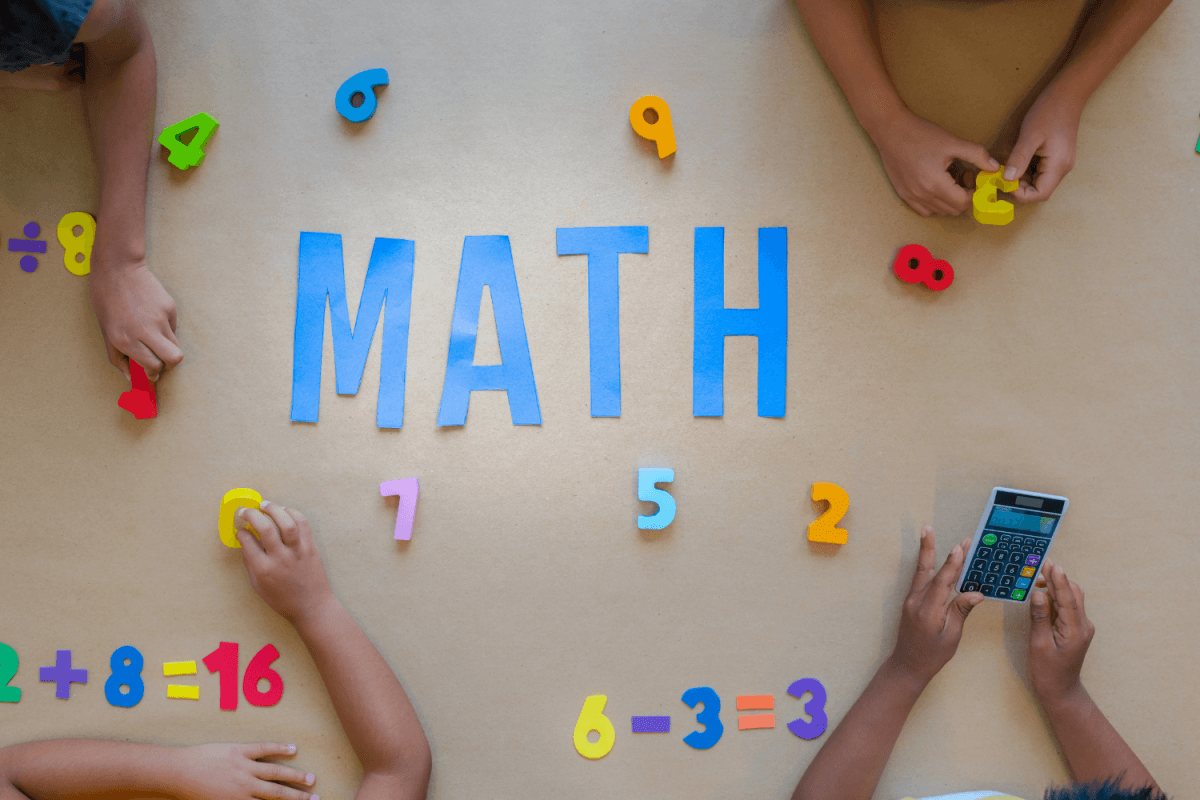How Important Is It To Be Involved In Your Child’s Learning
Even parents who were top of the math class when they were in school may find themselves perplexed by modern math curricula. But, in this time of disrupted traditional instructions, parents and teachers need to work together to support their children’s math learning. This is why at Dropkick Math, we believe that parent involvement is vital to the success of a child’s math education. By being actively involved and setting high expectations for your child, you can help guide them towards having high values of doing well in school.
Get Involved
One of the main problems is that most parents simply don’t know how to play a more significant role in their children’s math education. This situation can be complicated because many parents struggle with math themselves. This can make it more difficult for them to help their children and often inadvertently pass on their math anxiety.
What students discover, observe, and learn outside the classroom can benefit them greatly. In real life, they can get practical education applicable to real-life situations, and in school, the instruction focuses on theoretical and the abstract. Parents can help to merge these two realms.
An easy way of interacting with your child and teaching them that math is used in everyday life is to talk aloud as you work through daily tasks. Thinking aloud and asking questions can allow your child to hear how you think which will help them develop the essential skills needed for solving problems. For example, if you were eating cookies, count how many you have, ask what happens when you break them apart and talk about their shape.
When trying to stay involved with your child’s learning, there are some steps that parents can take:
- staying in touch with the child’s teacher
- encouraging a child to talk through their math assignments
- embracing informal math thinking, such as playing games that focus on patterns or counting
A Stressful Time
Educators say to remember that we are in a uniquely stressful time for parents, children, and educators. Many families are still struggling to make remote classes work which means many children have a varying level of support.
Both parents and teachers should be encouraged to talk with one another, not just about the subjects that may need work, but about the student’s skills. Parents should also take time to speak to their children about math. If parents don’t understand the math themselves, they can ask their child to explain it to them, adding to a child’s self-confidence.
Parent Engagement
By learning math with your child, you can become a role model for them. The Ministry of Education recently released information on “Parent Engagement,” which said, “Parent engagement matters. Study after study has shown us that student achievement improves when parents play an active role in their children’s education, and that good schools become even better schools when parents are involved…”
Practice Perseverance
If you are a parent that is struggling to be engaged in your child’s learning, it is worth the perseverance. Getting parents involved can be productive for everyone involved, and an educationally attentive home setting has been proven to impact student achievement positively.
Learn how our programs at Dropkick Math can help you learn alongside your child. Our programs focus on the four pillars of math and allow the parent and child to work together in a fun and interactive learning environment.















